by Staff writer

You don’t need to travel to Asia in order to enjoy great insect delicacies.
From crickets to termites, we eat them all here in Africa.
But top in our list of edible insects of Africa are the Rhinoceros beetle larvae and the Mopani worm.
1. Rhinoceros Beetle Larva

The larva of the Rhinoceros Beetle (Dynastinae) is a known delicacy in various parts of Africa, mostly West Africa.
The beetle got its name from the characteristic horn borne by adult males of the species that actually looks like the rhinoceros horn.

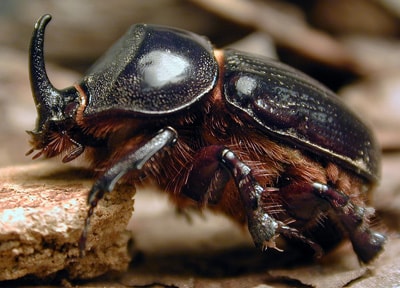
Rhino beetles lay eggs in decaying matter and these hatch into larvae.
A single female Rhinoceros beetle can lay up to 50 eggs.
Eggs are small and white in colour and take around 3 – 4 weeks to hatch.
From each egg a single larva (grub) will emerge.
The translucent creamy–white grubs feed on the decomposing matter and can grow up to a length of 80 mm.
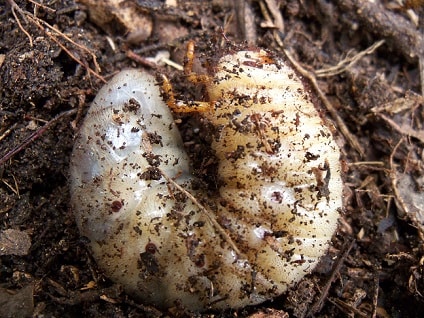
Larvae is harvested from substrate, washed and then fried.
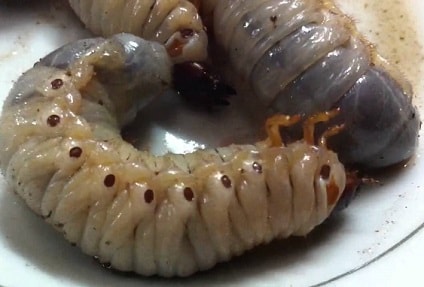
Entomologist Séverin Tchibozo suggests that the larvae contain much more protein (40%) than chicken (20%) and beef (approx. 18%).
Many also claim fried beetle larvae actually taste better than roast chicken.
2. Mopani Worms
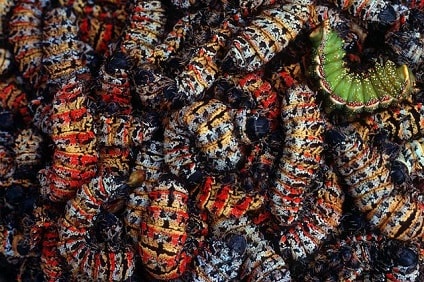
Mopani worms get their English name from hanging out on Mopani trees which are prevalent in Southern Africa.
And they are not really worms, but caterpillars, the larvae of the emperor moth—Gonimbrasia belina.
The best time to harvest Mopani worms is when they are at maximum plumpness, late in their larval stage and before they bury themselves in order to re-appear as an adult moth.
It’s a delicacy in some parts of Southern Africa, though considered a bush food in others.
But everyone agrees it is highly nutritious and some regard it as truly delicious.
Normally, you’ll see huge bags of dried and/or smoked Mopani worms in local markets throughout rural Zambia, Zimbabwe, Botswana, South Africa and Namibia.
Dried Mopani worms can be eaten raw as a crisp snack; however, in Botswana people tend not to eat the head.
Alternatively, Mopani worms can be soaked to rehydrate, before being fried until they are crunchy, or cooked with onion, tomatoes and spices and then served with pap or sadza (cornmeal).
Mopani (sometimes spelled Mopane) worms are called phane in Botswana, mashonja in Zimbabwe and parts of South Africa, and omangungu in Namibia.
Nutritionally they pack a punch, consisting of 60% protein along with good amounts of iron and calcium.
Still say yuck?
Even a report released by the United Nations Food and Agriculture Organization in 2013 strongly encouraged eating of insects—entomophagy in its clearer term.
There are more than 1,900 edible insect species on Earth, hundreds of which are already part of the diet in many countries.
In fact, some two billion people eat a wide variety of insects regularly, both cooked and raw!
Tell us in your comments which is your best insect delicacy.


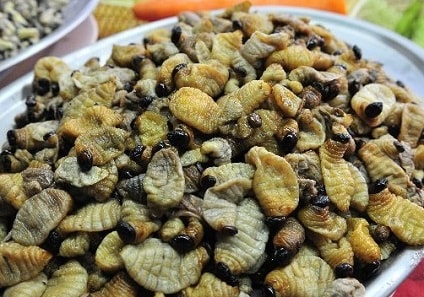
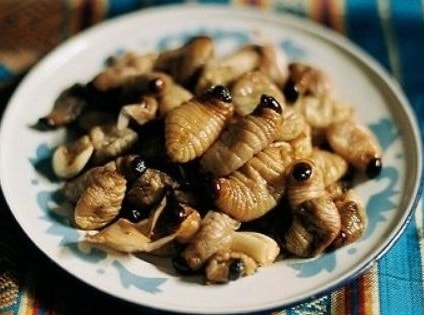
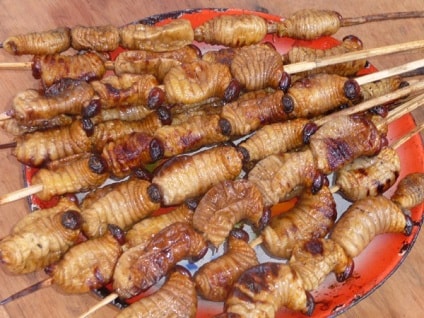
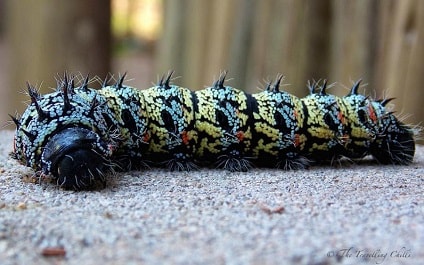
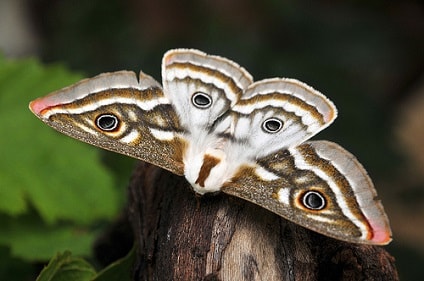
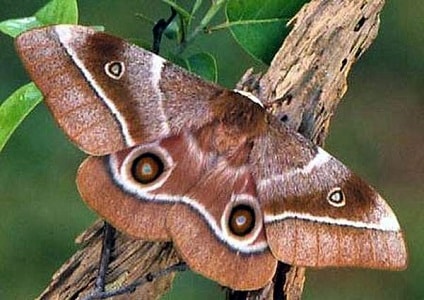
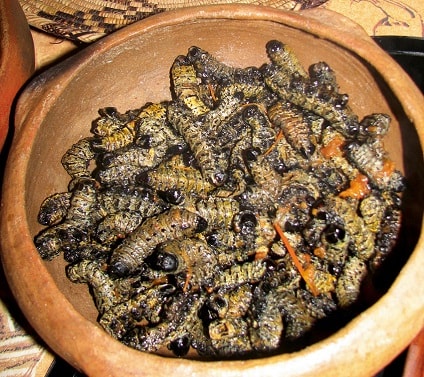
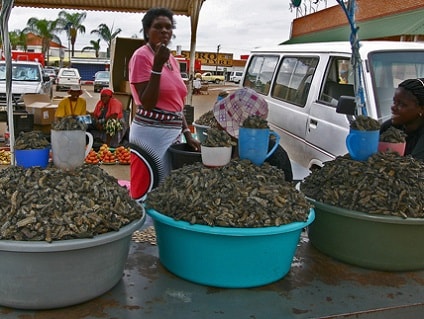



Lovely! But I can't see myself eating these!
I love me some turkey.
Are you for real?
That Rhinoceros beetle larva [Okagba]sweet no be here.
You did not add the other black seasonal Caterpillar.[Olile or nwigumara-mara].
Nice delicacies!
No mind am, na Oyibo pikin.
We call the beetle larva 'akpa-agbugbo' and grandma makes a special salad with it after she fries them to brown and crispy.
Ohhhhhhh God! Not best to see when u are about to sleep! YUCK!!! I can't eat those.
Tnk God I didn't drop my fone
DNB why na?
I love termites (called Aku in Igbo). Very delicious. You can it raw, fried or make a special kind of corn Moi Moi (called Osu aku) with it. Some people cook jollof rice with the insects too. Very delicious.
Thanks Dnb, but I will pass.
Pls I tot our calender av returned? DNB why no story yet? Pls save a damsel in distress.
Yeah! Love the rhinoceros beetle. Very delicious and tasty. Also love eating this termite that usually flies during the rainy period. Men! Thanks DNB
Yeah! Love the rhinoceros beetle. Very delicious and tasty. Also love eating this termite that usually flies during the rainy period. Men! Thanks DNB
Termites should be there too. That's my best
Les insectes alimentaires de la République Démocratique du Congo (RDC) : Situation passée, présente, et future, leseditionsdunet.com/scientifique/4686-les-insectes-alimentaires-severin-tchibozo-et-oriane-corbet-9782312049205.html
Hahahaha…turkey worms you mean???